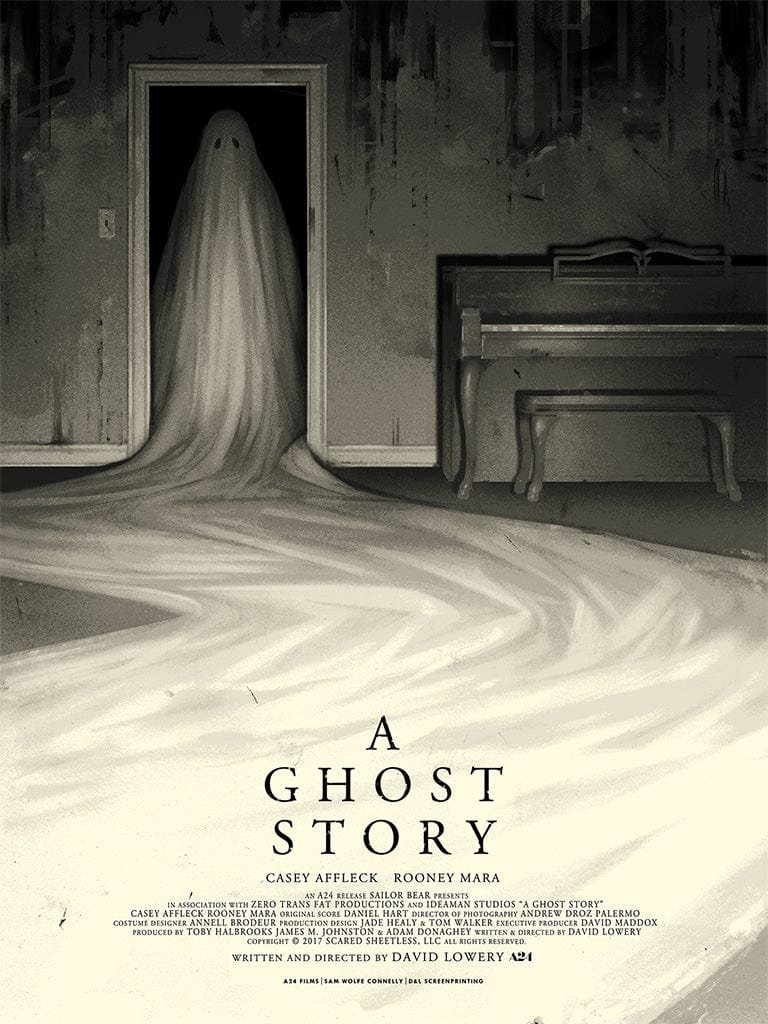Ghost stories have captivated the human imagination for centuries. Whether passed down through generations or featured in blockbuster movies, the mysterious world of ghosts continues to intrigue and haunt us. But what exactly is a ghost story? Is it just a tale to scare us, or does it hold deeper meanings tied to our fears, beliefs, and cultural history? In this article, we’ll dive deep into ghost stories’ origins, significance, and some famous ghost stories that have left their mark. Let’s begin our journey through the supernatural world with a closer look at a ghost story.
What is a Ghost Story?
At its core, a ghost story involves supernatural beings, particularly ghosts or spirits. These stories often depict encounters between the living and the dead, focusing on unresolved mysteries, unfinished business, or tragic events. Ghost stories can be terrifying but carry lessons, warnings, or reflections on life and death.
Ghost stories typically fall into two categories:
- Traditional folklore and legends: These are passed down orally, often deeply rooted in cultural traditions.
- Modern ghost tales: These tend to appear in literature, film, and media, often featuring contemporary settings.
Why Do People Tell Ghost Stories?
Ghost stories serve many purposes:
- Entertainment: People love to be scared in a safe environment where they can experience fear without danger.
- Explaining the unknown: Before scientific explanations, ghost stories helped explain the unexplainable—why bad things happen, what lies beyond death, or why some places feel “haunted.”
- Cultural lessons: A ghost story can often carry moral lessons, encouraging certain behaviors or teaching respect for cultural traditions.
The Role of Ghosts in Different Cultures
Across the world, different cultures have their versions of ghosts and ghost stories. Each offers unique interpretations of the supernatural. Let’s explore how a ghost story varies from culture to culture.
- Western Ghost Stories: In Western culture, ghosts are often seen as the spirits of the dead who have not found peace. They might linger to complete unfinished business or to haunt those responsible for their deaths.
- Eastern Ghost Stories: In many Eastern cultures, ghosts can be ancestors who protect the living spirits seeking revenge. In Japan, for example, the “Yurei” are spirits trapped between worlds, often portrayed as long-haired women in white.
- African and Caribbean Folklore: Ghosts in these regions are sometimes tied to slavery, colonialism, and deep ancestral connections. In Haiti, for example, the idea of zombies—living corpses controlled by sorcery—is a significant part of folklore.
Famous Ghost Stories Throughout History
Ghost stories are not just modern inventions. Some of the most famous tales have been around for hundreds of years, passed down from generation to generation. Here are some of the most iconic ghost stories:
- The Headless Horseman: One of the most well-known ghost tales in American folklore, this story involves a ghostly figure who rides a headless horse through the night. Originating from Washington Irving’s “The Legend of Sleepy Hollow,” it has become a symbol of terror and intrigue.
- The Tower of London Ghosts: The Tower of London is famous for its historical significance and alleged hauntings. Many claim to have seen the ghost of Anne Boleyn, Henry VIII’s executed wife, wandering the grounds.
- The Flying Dutchman: A ghost ship that sailors have claimed to see for centuries, the Flying Dutchman is said to be doomed to sail the seas forever, never able to make port. This tale of maritime mystery has been retold in books, movies, and even operas.
The Science Behind a Ghost Story: Why Do We Believe?
Although ghost stories are often rooted in folklore and tradition, science explains why people believe in ghosts. Let’s dive into some theories that explain our fascination with the supernatural.
- Fear of the Unknown
Humans naturally fear the unknown, and death is perhaps the ultimate unknown. Ghost stories allow us to explore that fear in a controlled way, shaping the mysteries of life after death.
- Psychological Phenomena
Ghostly encounters are often explained by psychology. For example, sleep paralysis—a condition where one wakes up but cannot move—can lead to terrifying hallucinations of ghostly figures or dark shapes. Similarly, pareidolia, the tendency to see patterns where none exist, can make us see faces or figures in the dark.
- Environmental Factors
Many ghost sightings happen in old, creaky houses or dimly lit spaces. Scientists have found that certain environmental factors—like low-frequency sounds or drafts—can lead to sensations of unease, making us more prone to thinking we’re seeing or hearing ghosts.
Creating Your Own Ghost Story
Have you ever wanted to write a ghost story? If so, you should include some essential elements to ensure it’s spine-chilling and captivating. Here’s how you can craft your tale:
- Set the Atmosphere: Ghost stories thrive on eerie, unsettling atmospheres. Choose a setting that evokes fear—abandoned houses, graveyards, or foggy forests are great examples.
- Introduce the Ghost: Your ghost should have a backstory. Why is it haunting the place? Was there a tragic death or a mystery? These details add depth to your ghost.
- Build Suspense: A good ghost story doesn’t reveal everything at once. Build tension slowly, letting your readers feel the creeping dread before the ghost appears.
- End with a Twist: The best ghost stories leave the audience with questions. A surprise twist at the end can make your story memorable.
Famous Ghost Story Authors and Their Masterpieces
Many writers have mastered the art of a ghost story. Here are a few notable authors and their contributions to the genre:
- Edgar Allan Poe: Known for his dark, atmospheric tales, Poe’s works like “The Tell-Tale Heart” and “The Fall of the House of Usher” are classic examples of ghostly horror.
- Henry James: James’s novella “The Turn of the Screw” is a masterful ghost story, blurring the lines between reality and imagination, leaving readers questioning the very existence of the supernatural.
- M.R. James: Often called the king of the ghost story, M.R. James penned numerous ghostly tales, such as “Oh, Whistle, and I’ll Come to You, My Lad.” His work is famous for its subtlety and slow-building dread.
The Modern Ghost Story: How It Continues to Evolve
Ghost stories have evolved, but they remain as popular as ever. Today, you can find a ghost story in books, movies, TV shows, and podcasts. Horror films like The Conjuring and Paranormal Activity have brought ghost stories into the 21st century, combining traditional ghostly encounters with modern technology and settings.
The Rise of Paranormal Investigations
One modern trend that has captivated ghost story fans is the rise of paranormal investigations. Shows like Ghost Hunters or Most Haunted feature real-life investigators exploring haunted locations with high-tech gadgets, hoping to capture evidence of ghosts. These shows blend entertainment with real-life ghost stories, attracting millions of viewers worldwide.
Can Ghosts Be Proven? The Debate Between Skeptics and Believers
Despite the popularity of ghost stories, there’s still no scientific proof that ghosts exist. Yet millions worldwide believe in ghosts, with many claiming personal experiences. This creates a fascinating debate between skeptics and believers. Let’s explore both sides:
Skeptics’ View
- Skeptics argue that ghost stories and hauntings can usually be explained by natural phenomena, psychological conditions, or even hoaxes.
- They point out that many “ghost sightings” occur in places with environmental factors like old pipes or electromagnetic fields, making people feel disoriented or anxious.
Believers’ View
- On the other hand, believers argue that science still needs to catch up with the supernatural world.
- They point to the sheer number of personal stories, claiming that the consistency of ghostly experiences across cultures and periods proves that ghosts exist.
The Enduring Power of A Ghost Story
There’s something timeless about a ghost story. Whether reading a classic tale by Edgar Allan Poe or watching the latest horror film, ghost stories offer a unique blend of fear, mystery, and fascination. They allow us to explore the unknown, confront our deepest fears, and even ask questions about life, death, and the afterlife.
Ghost stories aren’t going anywhere. As long as humans are intrigued by life after death, we’ll keep telling these spooky tales—whether to entertain, teach, or share a chill down the spine.
Famous Ghost StoryAuthorNotable Element
The Headless Horseman Washington Irving Mysterious Headless Rider
The Flying Dutchman Various Ghost Ship Doomed to Sail Forever
The Tower of London Ghosts Various Historical Hauntings of Executed Figures
In conclusion, a ghost story is more than a tale of terror. It’s a window into our cultures, fears, and the mysteries of life and death. Whether you’re telling one around a campfire or watching it unfold on screen, ghost stories will continue to haunt, entertain, and fascinate for generations to come.





